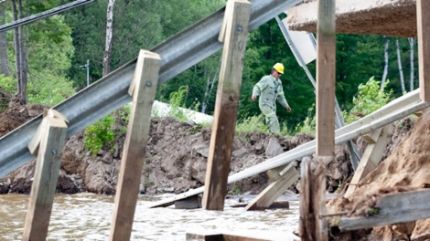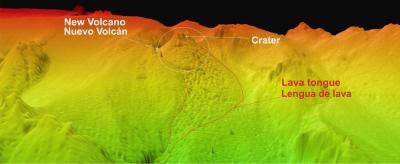
© U.S. Air Force, Staff Sgt. Valerie SmockThick clouds surround the Hurricane Hunters' WC-130J aircraft as it heads into Tropical Storm Lee in early September 2011
Storm-chasing aircraft headed out over the Atlantic Ocean and into the swirling clouds of Tropical Storm Sean this week, taking measurements that allowed forecasters to confirm their suspicions about the season's 18th named storm.
"It's textbook. A textbook storm," said Dennis Feltgen, spokesman for the National Hurricane Center in Miami, Fla.
The weakening storm, packing winds of about 50 mph (80 kph), is heading northeast, away from the United States, and looks like it will weaken significantly in the coming days.
However, Feltgen said, forecasters didn't know that for sure until they got word back from the plane that was flying through Sean's thunderstorms and high winds.
"If the storm has any possible threat to land at all, a hurricane-hunter aircraft is going to go into it - that's a given," Feltgen told OurAmazingPlanet, "and this storm is threatening Bermuda."


